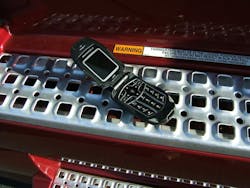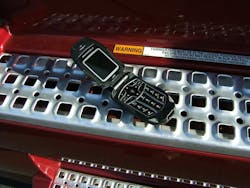That’s only the tip of the “distracted driving” iceberg according to the findings by the USC Annenberg Center for the Digital Future and research firm Bovitz Inc.
"Large majorities recognize the dangers of texting while driving, but we found disturbing differences in actual behavior based on age," noted Jeffrey Cole, the center’s director.
“Although large percentages of Americans of all ages say that driving while sending or checking texts or emails is unsafe, unsettling numbers of drivers in all age ranges – especially Millennials – are frequently or always engaged in distracted behavior behind the wheel,” he stressed.
Here are some more of this survey’s findings:
- Overall, the survey found that a very large percentage of respondents (87%) said that sending or checking online messages while driving is unsafe.
- Millennials (age 18-34) are somewhat less likely (81%) to believe that online communication while driving is unsafe.
- Yet 18% of respondents overall said they cannot resist the urge to send or check online messages while driving.
- Another 8% said they text or email while driving always or often.
- Of that group, Millennials are the biggest offenders, with 17% saying they always or often text or email while driving, compared to 4% of non-Millennials.
- About 14% of Millennials always or often check online messages or online notifications while driving, compared to only 4% of non-Millennials.
"What's unsettling is that the youngest group reported the lowest level of agreement that using online technology while driving is dangerous, even though they are most likely to have been recently taught about such issues in safety courses or driver education," Cole noted.
He added that age is also playing a role in views about whether interactive devices such as mobile phones or tablets should be allowed in cars at all.
Overall, more than half of respondents – 53% – said that all interactive devices should be banned from cars in motion. Yet the percentage of Millennials who agree with a ban only reached 45% in this survey, compared to 56% of non-Millennials and 62% of respondents aged 55 or older.
Age also plays a role in identifying Americans who are never engaged in distracted driving, Cole noted. For example, 93% of drivers aged 55 or older never use text or email while driving, compared to only 48% of Millennials.
Just goes to show that for the younger generation, distracted driving may be hard habit to break.

